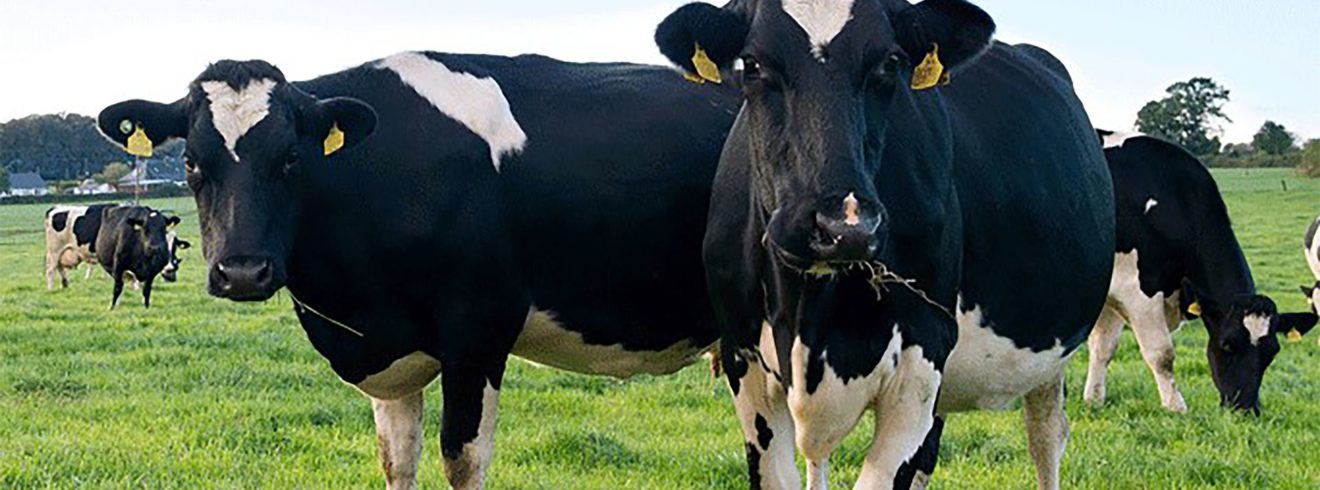Re-iterating the importance of providing a healthy transition period from last week’s article around nutrition at calving, key factors when achieving high output, good reproduction and freedom from metabolic issues include; good pre-calving mineral programmes, excellent husbandry in the week before and after calving, careful transition diet planning and a steady build-up of concentrate input post calving.
Negative Energy Balance
In the post-calving period cows will produce more milk than their feed intake can provide for and the result is Body Condition Score (BCS) loss due to Negative Energy Balance (NEB). Irish and international research has shown NEB will reduce milk protein and particularly if it is prolonged, then fertility rates in the upcoming breeding season will be significantly affected.
The milking cow should receive adequate feed to optimise milk solids production and keep body weight loss to less than 0.5 BCS between calving and breeding.
Dry Matter Intake Post-Calving
Many farmers will already be getting cows out grazing by day, with a view to getting the herd out full time as soon as ground conditions and growth rates allow. During the transition to grazing when grass is gradually being built up in the diet, it is imperative to ensure Dry matter intake (DMI) requirement of the cow is met. Correct allocation of feed stuffs and calculation of intake is required.
Intakes of grazed grass will be dependent on:
- Kgs allocated
- Ground condition
- Grass quality (DMD)
- Dry Matter
DMI will increase by 0.75 – 1.0 Kg per week post calving, until peak intake capacity of 16-18 kg DM is achieved.
The moisture content of grass can vary significantly in spring, and this can have a major impact on dry matter intakes. For example, every 1kg of fresh grass a cow consumes at 15% DM she will only be consuming 150 grams of dry matter, e.g. a cow estimated to consume 12 kg of grass dry matter requires 80 kg of fresh grass.
It is important not to overestimate the DMI a cow can take from grazing, or performance and fertility will be compromised. Buffer feeding should be strategically implemented during periods of wet weather and when required grass dry matter intakes cannot be maintained due to low grass dry matters.
Analysing Milk Production Data
While BCS loss is a result of Negative Energy Balance, the change in BCS happens over a period of weeks, which can be difficult to monitor on a daily or weekly basis during this busy period on farm. Milk production and constituents’ data are much more valuable tools for monitoring the current nutritional status of the herd. Key indicators to look for include:
- Falling milk protein concentration in the post-calving period is an indicator of reduced energy/dry matter intake (DMI). NOTE: Normal protein concentrations will vary between breeds, so care should be taken when comparing protein levels with other herds.
- High butterfat concentration in early lactation may be a sign of BCS loss, but again variances will occur here between breeds e.g. Jersey vs. Holstein.
- The Fat:Protein ratio (which is calculated by dividing the butterfat % by protein %) is a useful indicator of the energy balance of the herd diet. A ratio of >1.4 has been shown to indicate excessive NEB in Holstein/Friesian herds (A slightly higher ratio than this will be tolerable in crossbred herds). Ideally the FPR should be between 1.2 and 1.4.
- A high F: P ratio indicates that there is either: high butterfat (BCS loss), low protein (low energy intake) or both.
High milk solids production indicates a drain of both energy and protein on the cow. If the cows are producing a lot of milk solids, they will need to be well fed, otherwise they will ‘milk off their back’ and subsequent fertility will suffer.

